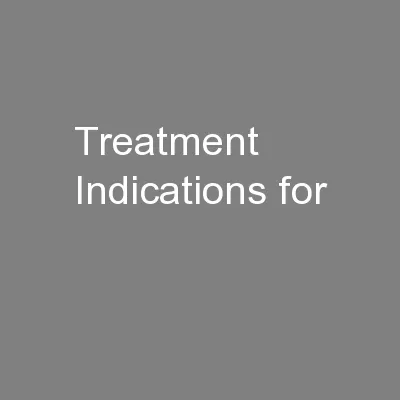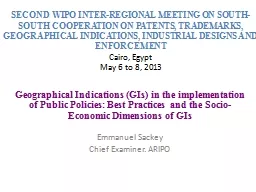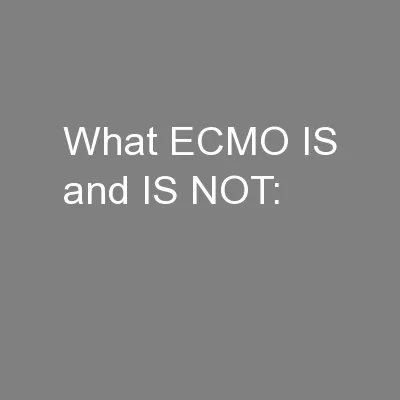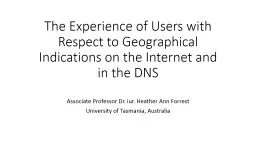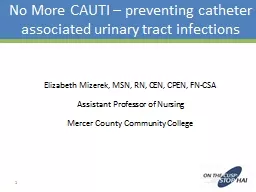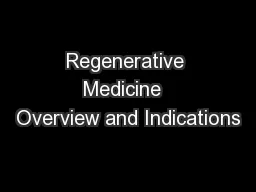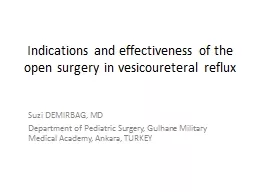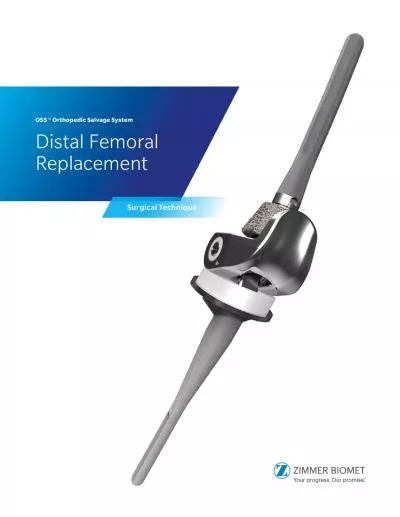PPT-Treatment Indications for
Author : jane-oiler | Published Date : 2016-04-25
Problem Gambling NCPG Annual Conference July 14 2012 Louis Weigele LISWS NCGCII Mood Modification Wood and Griffiths 2007 Qualitative study L ack of theoretical
Presentation Embed Code
Download Presentation
Download Presentation The PPT/PDF document "Treatment Indications for" is the property of its rightful owner. Permission is granted to download and print the materials on this website for personal, non-commercial use only, and to display it on your personal computer provided you do not modify the materials and that you retain all copyright notices contained in the materials. By downloading content from our website, you accept the terms of this agreement.
Treatment Indications for: Transcript
Download Rules Of Document
"Treatment Indications for"The content belongs to its owner. You may download and print it for personal use, without modification, and keep all copyright notices. By downloading, you agree to these terms.
Related Documents

